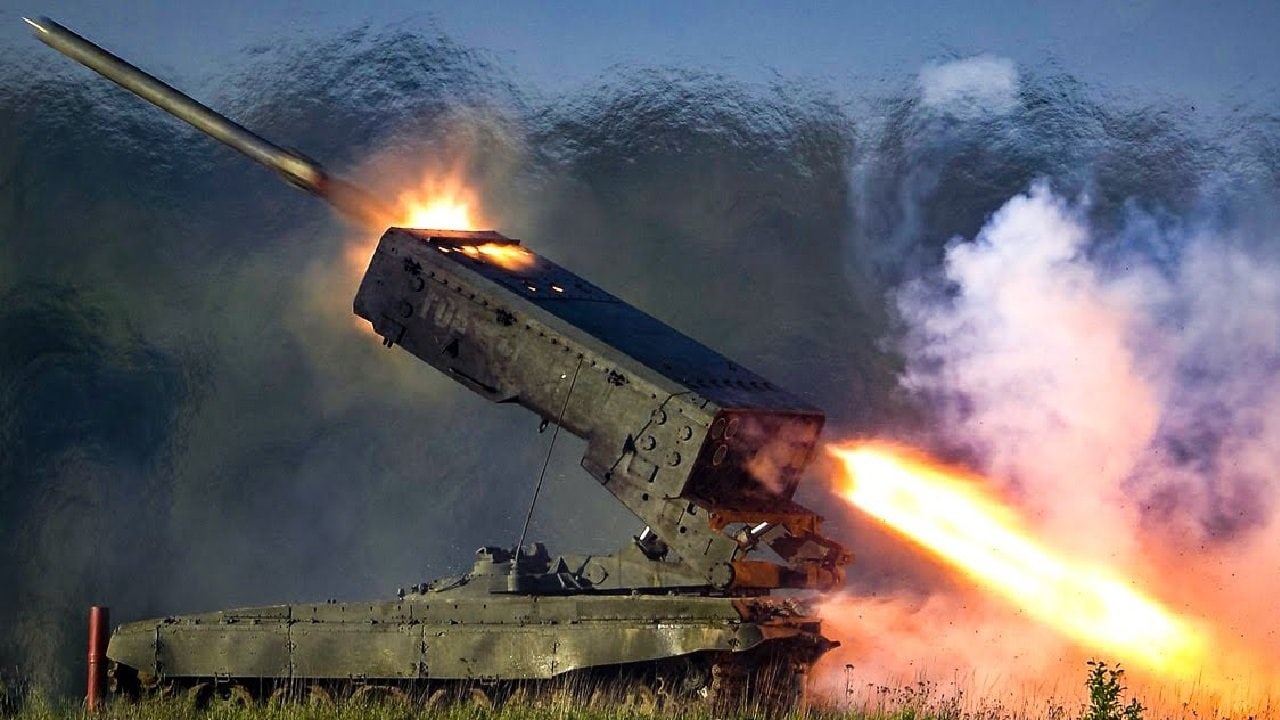Cluster Munitions, Mass Graves, The Evidence of Russian War Crimes Grows – The Russian military has engaged in widespread war crimes according to Amnesty International where they dropped at least 41 cluster munitions on the city of Kharkiv. Elsewhere, the Ukrainian Prosecutor General’s office is investigating a mass grave outside of Kharkiv in the town of Bucha.
Amnesty International, the global human rights watchdog organization released a report that charged the Russians with using the cluster munitions and “inherently inaccurate rockets,” which targeted civilians in Kharkiv.
Evidence of Cluster Munitions Widespread in Kharkiv
Despite Russia having denied the use of cluster munitions, the evidence has been unmistakable in large areas of Kharkiv where numerous attacks have killed hundreds of civilians in attacks using the banned munitions as well as indiscriminate attacks on civilians using missiles.
“The repeated use of widely banned cluster munitions is shocking, and a further indication of utter disregard for civilian lives,” Donatella Rovera of Amnesty International said in the report, “Anyone can die at any time’: Indiscriminate attacks by Russian forces in Kharkiv.”
“The people of Kharkiv have faced a relentless barrage of indiscriminate attacks in recent months, which killed and injured hundreds of civilians,” said Rovera, who is Amnesty International’s Senior Crisis Response Adviser.
“People have been killed in their homes and in the streets, in playgrounds and in cemeteries, while queueing for humanitarian aid, or shopping for food and medicine.
“The repeated use of widely banned cluster munitions is shocking, and a further indication of utter disregard for civilian lives. The Russian forces responsible for these horrific attacks must be held accountable for their actions, and victims and their families must receive full reparations.”
The report documented 28 indiscriminate attacks between late February and April.
“The repeated bombardments of residential neighborhoods in Kharkiv are indiscriminate attacks which killed and injured hundreds of civilians, and as such constitute war crimes. This is true both for the strikes carried out using cluster as well as those conducted using other types of unguided rockets and unguided artillery shells, which are indiscriminate when used in the vicinity of concentrations of civilians.”
Cluster munitions are small submunitions that are encased inside of a container that opens in the air and scatters large numbers of explosive submunitions or ” bomblets ” over a wide area. Depending on the type of cluster munition, the number of bomblets can vary from several dozen to more than 600. Cluster munitions can be delivered by aircraft, artillery, and missiles.
Most submunitions are intended to explode on impact. The vast majority are free-falling, meaning that they are not individually guided towards a target.
The smaller bomblets (between 10 to 40 percent) often fail to detonate on impact, posing a threat to displaced civilians, humanitarian workers, and farmers who dig up the unexploded ordnance. More than 120 countries have signed a treaty prohibiting the use of such weapons.
More War Crimes – Mass Grave Uncovered in Bucha
The Ukrainians have unearthed a mass grave outside of Kharkiv in the small farming community of Bucha. The grave was another example of Russian atrocities in the town, and this one had victims that were buried in a trench that was dug out for a military vehicle.
According to Andriy Nebytov, head of the Kyiv regional police, the victims were found at the scene executed with their hands tied behind their backs. Furthermore, there was evidence that some of the victims were shot through their knees which indicates that they were tortured prior to being killed.
“The hands tied behind the back with tape say that people had been held (hostage) for a long time and (enemy forces) tried to get any information from them,” he said.
Ukrainian officials are working to investigate and identify more than 12,000 victims who have been killed since the invasion began in late February.
“This is a long process, rather painstaking because a lot of bodies are in a state of putrefactive decay,” said National Police Chief Ihor Klymenko to the news organization, Interfax Ukraine. “We select DNA from those relatives who contacted us via the hotline, and then we compare the profiles of these relatives with the profiles of the dead, buried, shot, who could not be identified.”
Steve Balestrieri is a 1945 National Security Columnist. He has served as a US Army Special Forces NCO and Warrant Officer before injuries forced his early separation. In addition to writing for 19fortyfive.com and other military news organizations, he has covered the NFL for PatsFans.com for over 10 years. His work was regularly featured in the Millbury-Sutton Chronicle and Grafton News newspapers in Massachusetts.

